| 结构式 | 名称/CAS号 | 全部文献 |
|---|---|---|
 |
二氯甲烷
CAS:75-09-2 |
|
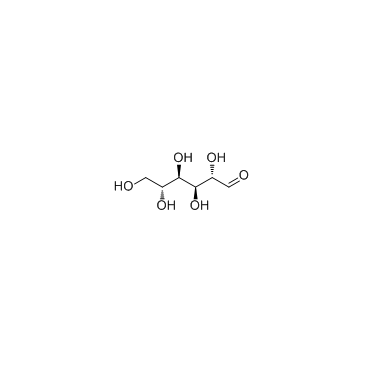 |
D-甘露糖
CAS:3458-28-4 |
|
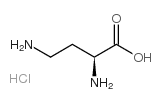 |
L-2,4-二氨基丁酸 单盐酸盐
CAS:1482-98-0 |
|
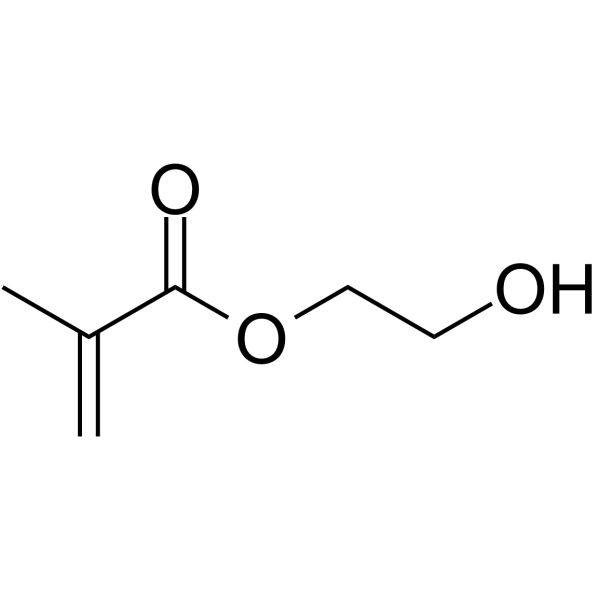 |
甲基丙烯酸羟乙酯
CAS:868-77-9 |
|
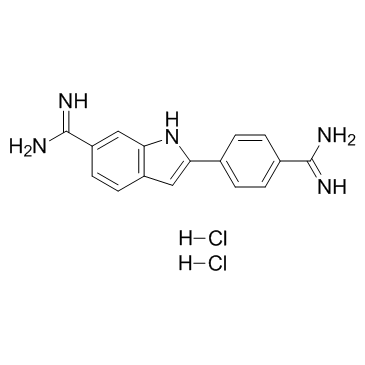 |
4',6-二脒基-2-苯基吲哚二盐酸盐
CAS:28718-90-3 |
|
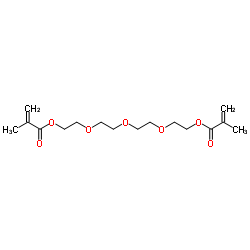 |
四乙二醇二甲基丙烯酸酯
CAS:109-17-1 |